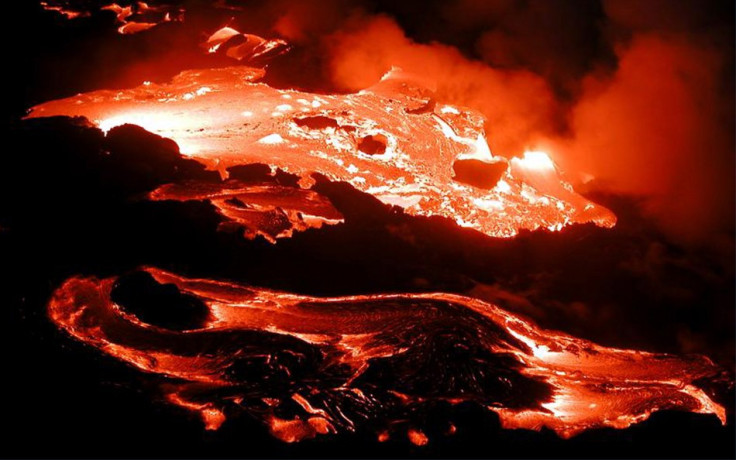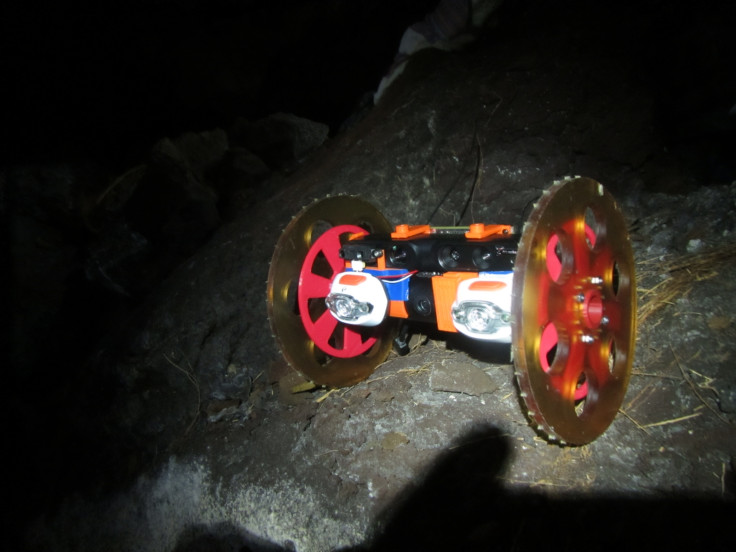Nasa dropping robots into Kilauea volcano to learn about eruptions

Nasa is planning to explore volcanoes using robots being developed at its Jet Propulsion Laboratory.
The space agency's Jet Propulsion Laboratory has already tested one robot – VolcanoBot 1 – at the Kilauea volcano in Hawaii and is now developing a second, lighter and smaller robot, to find out how volcanoes erupt.
Carolyn Parcheta, from Nasa's JPL, and robotics researcher Aaron Parness are developing bots that can delve into crevices humans never could in order to gain a new insight into volcanoes.
"We don't know exactly how volcanoes erupt. We have models but they are all very, very simplified. This project aims to help make those models more realistic," Parcheta explained.
VolcanoBot 1 was 30cm long and 17cm wide. It was rolled down into a fissure (a crack that erupts magma) in the active Kilauea volcano in Hawaii in May last year.

The robot set about mapping the pathways of the magma, descending to depths of 25m to two locations. VolcanoBot 1 allowed the researchers to develop a 3D map of the fissure, confirming that bulges in the rock wall seen at the surface are present deep underground as well.
"In order to eventually understand how to predict eruptions and conduct hazard assessments, we need to understand how the magma is coming out of the ground. This is the first time we have been able to measure it directly, from the inside, to centimetre-scale accuracy," Parcheta said.
Researchers now want to return to the site with VolcanoBot 2 to delve deeper into the volcano. The latest version of the robot has stronger motors and electrical communications, so more data can be returned. As well as being smaller and lighter, it can tip up and down and turn to look at features around it.

"It has better mobility, stronger motors and smaller (5 inch, or 12 centimeter) wheels than the VolcanoBot 1. We've decreased the amount of cords that come up to the surface when it's in a volcano," Parcheta said. VolcanoBot 2will be tested in March, Nasa said.
The researchers say their findings have implications for studying volcanoes on other planets and moons, including Mars, Mercury, Enceladus and Europa.
Parness said: "In the last few years, NASA spacecraft have sent back incredible pictures of caves, fissures and what look like volcanic vents on Mars and the moon. We don't have the technology yet to explore them, but they are so tantalising!
"Working with Carolyn, we're trying to bridge that gap using volcanoes here on Earth for practice. We're learning about how volcanoes erupt here on Earth, too, and that has a lot of benefits in its own right."
© Copyright IBTimes 2025. All rights reserved.






















